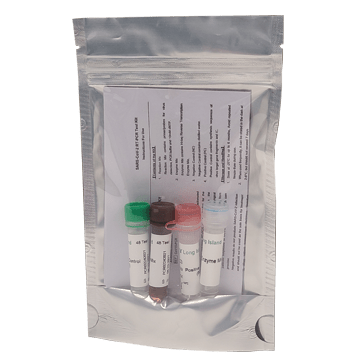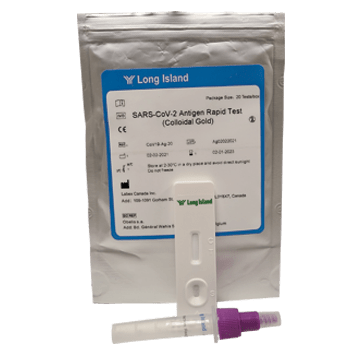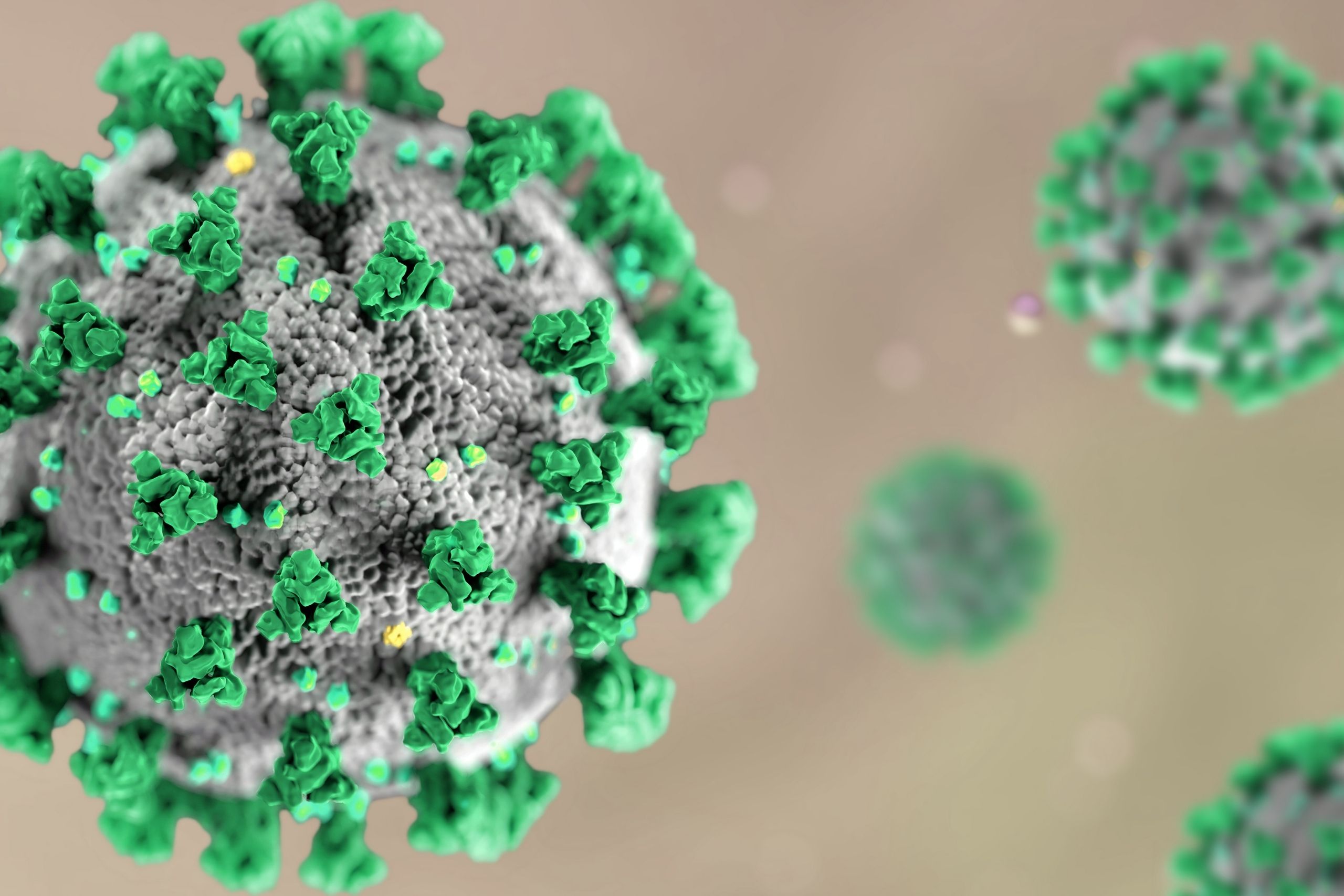COVID-19 DETECTION METHODS
Early and effective detection of SARS-CoV-2 virus is undoubtedly one of the most important factors in fighting the pandemics. As there are multiple ways to diagnose the virus itself, or exposure to it, to find the right test is very important. Diagnostic methods wary based on technology, requirements for testing, time needed for testing procedure and also on a purpose, why the tests are required.
Polymerase Chain Reaction (PCR) or Nucleic Acid Amplification Tests (NAAT) are golden standard in diagnosis of the SARS-CoV-2 virus; they are used to confirm or rule out the presence of the virus in the body. These tests are molecular tests, detecting the presence of the viral mRNA. They use the samples obtained from nasal or nasopharyngeal swabs. The PCR tests are very sensitive, but they are more time consuming and require use of specialized equipment and trained personnel. PCR tests are usually performed in specialized laboratories or hospitals.

Antigen Tests are tests able to detect the viral particles using specific antibodies, forming complexes subsequently visualized so that the test results are visible with naked eye. Antigen tests utilize swabs from nose or nasopharynx, and specific test cartridges designed to capture and visualize the present virus. Antigen tests belong to the family of rapid tests because the results are usually available within minutes, and the test don’t require specialized equipment. Frequently they are used for screening and quick detection.
Antibody Tests are tests for detection of specific antibodies to SARS-CoV-2 virus formed after the body exposure to the pathogen. The tests are used for monitoring exposure to the virus in the past, recent or more distant. These types of the tests are also used for monitoring post-vaccination response of the vaccinated individuals. Antibody tests are using or whole blood, frequently one or two drops from finger prick, or blood plasma or serum. These tests belong to the family of rapid tests, as the results are visible within few minutes.

VACCINATION
It is widely believed, that vaccination is the only, reasonable way to cope with the current COVID-19 pandemic. Principle of vaccine is the exposure to the modified pathogen, or some of its structures so that the body develops specific and effective antibodies able to cope with the virus. Despite some possible side effects, immunized individuals are usually able to develop protection against the disease-causing agents very effectively and in timely manner. In relation to the COVID-19, there are currently few most common types of the vaccines discussed.
mRNA vaccines are the latest types of the vaccines used in for the first time to cope with the pandemic of this extent. With these vaccines, the body is exposed to fragments of viral mRNA so that the body cells start to produce specific proteins and immune cells start to form antibodies against these proteins. The goal is to produce sufficient amount of effective antibodies to cope with the pathogen.
Protein subunit vaccines are designed the way that the body’s immune system is producing antibodies to injected proteins so that the protection against the virus is achieved.
Vector vaccines use modified viral particles or their parts attached or incorporated to other, harmless viruses. These constructs are not able to cause the disease, but are able to trigger efficient immune system response so that the individuals are able to efficiently cope with the pathogen.


